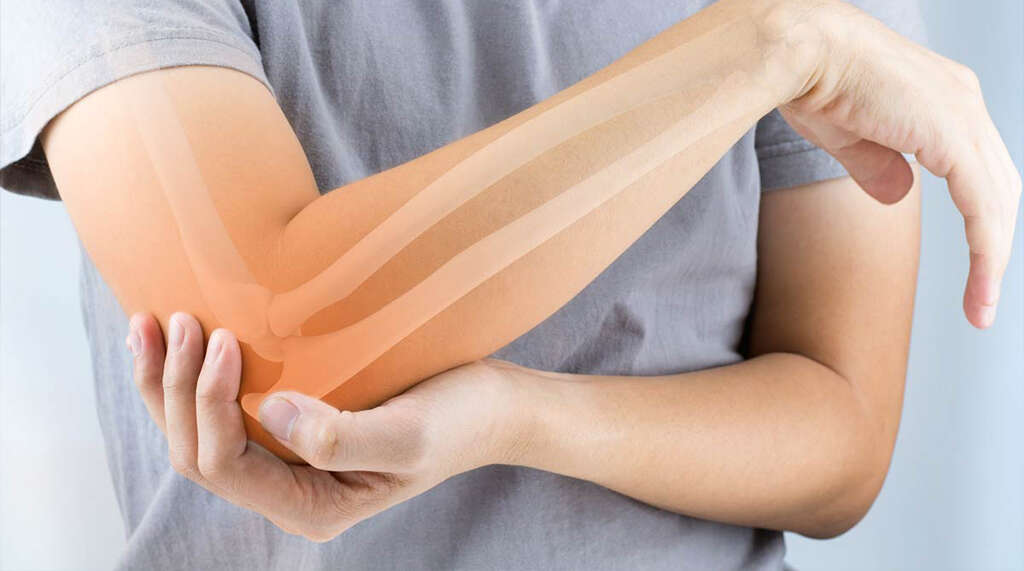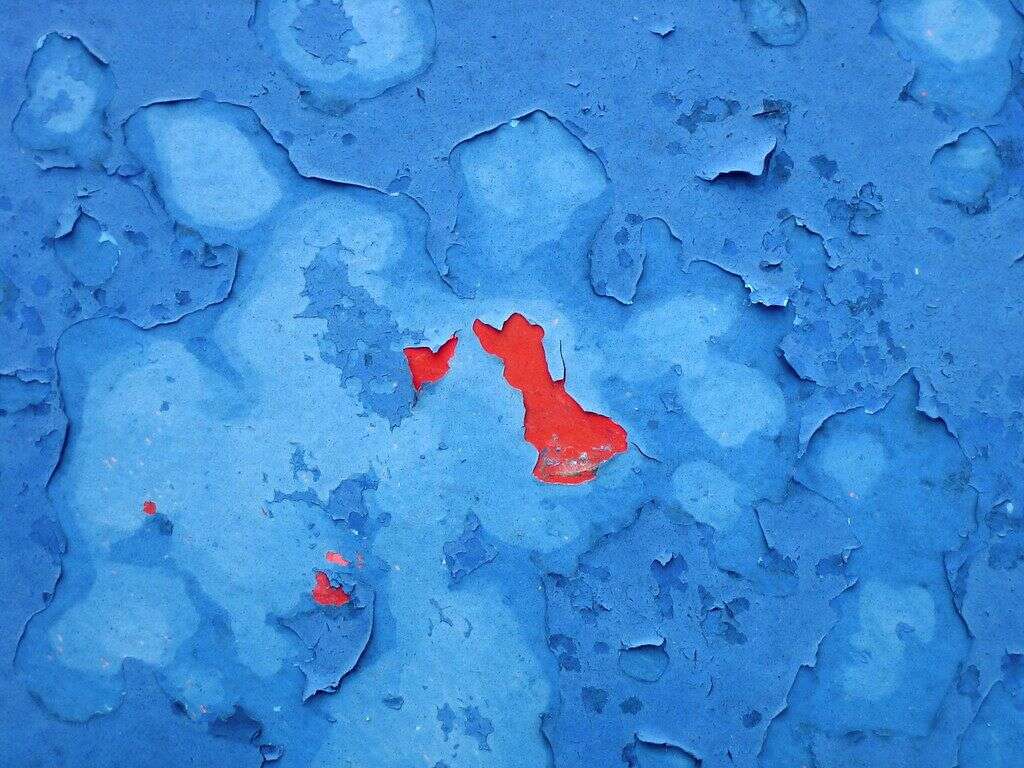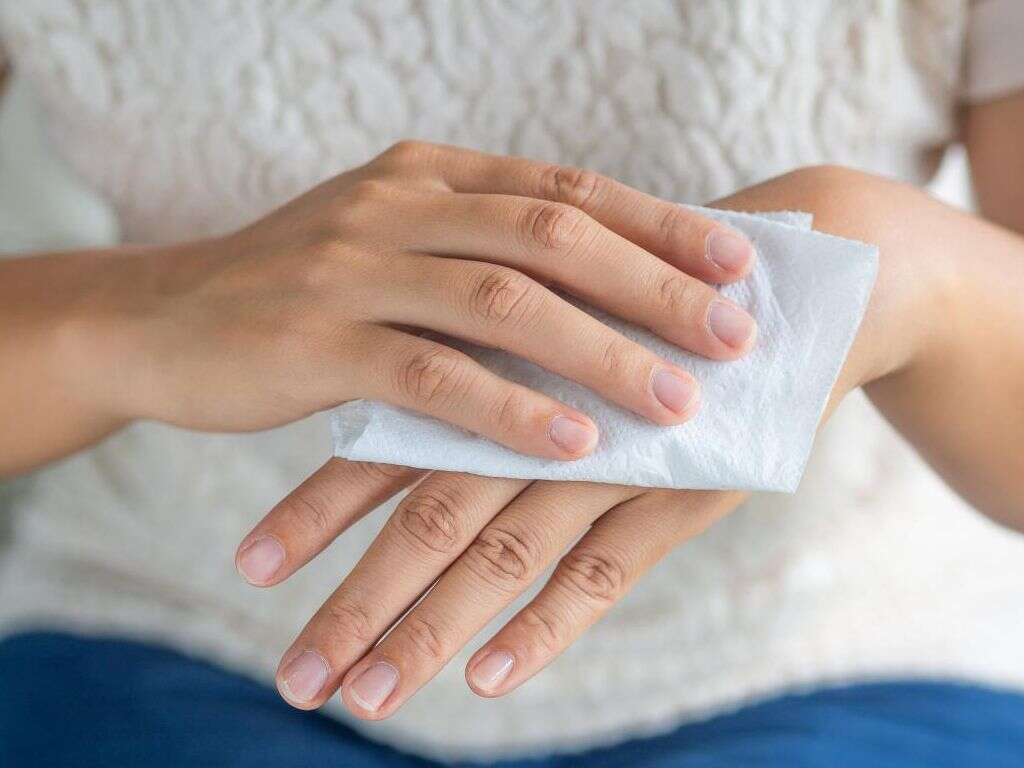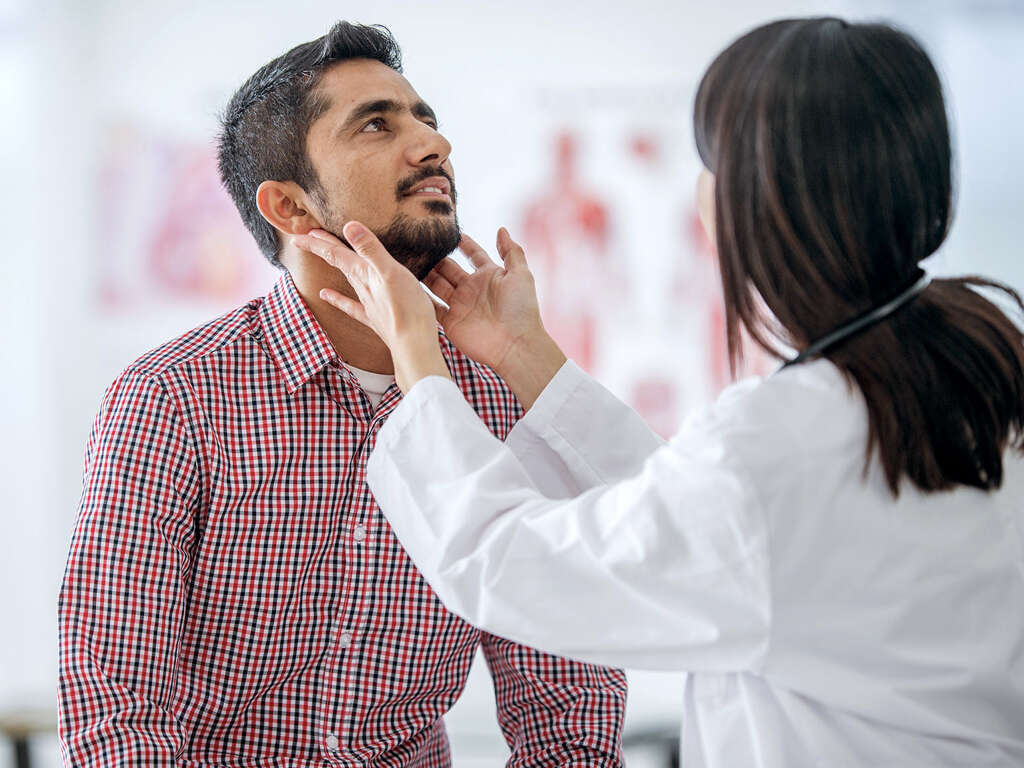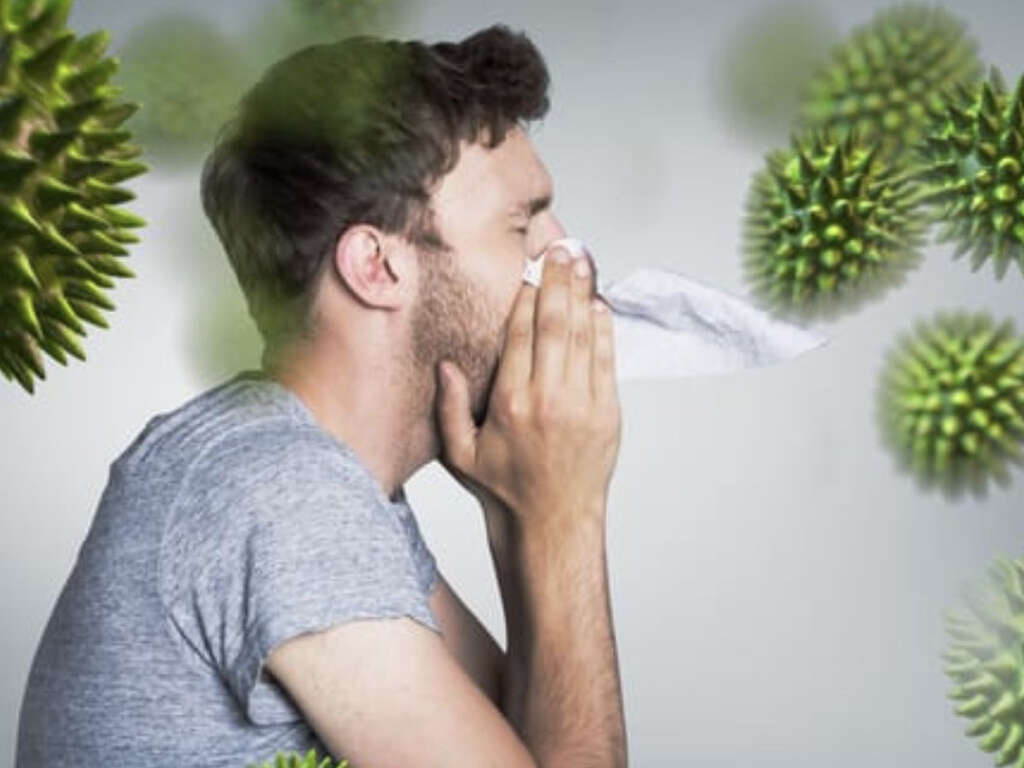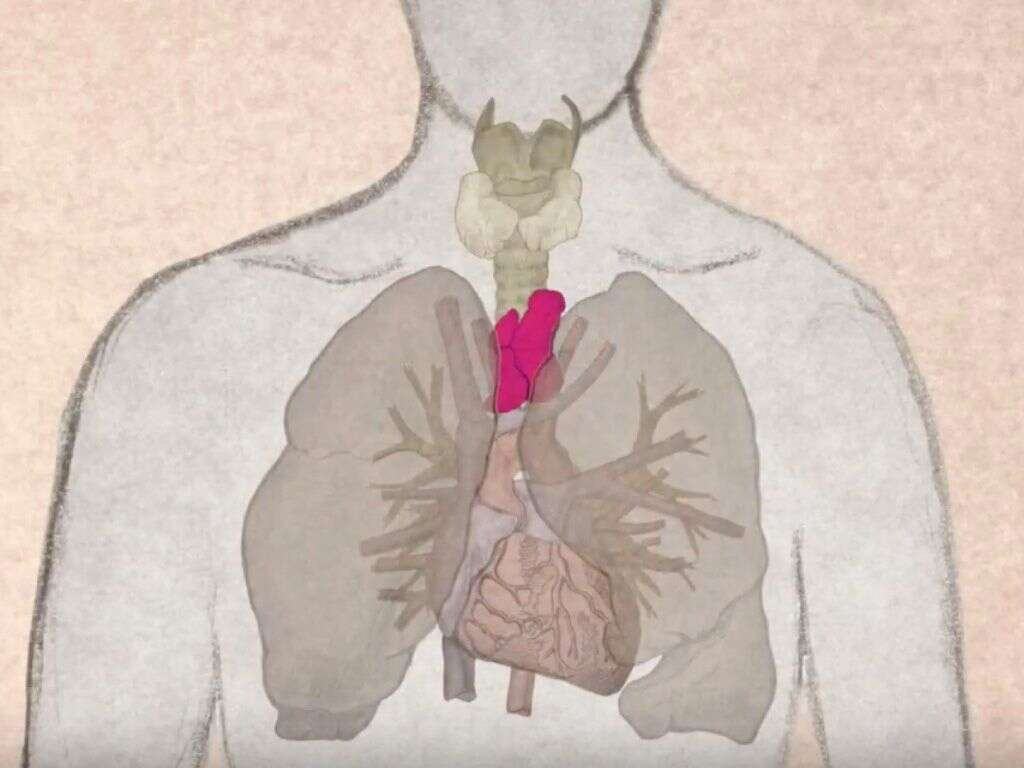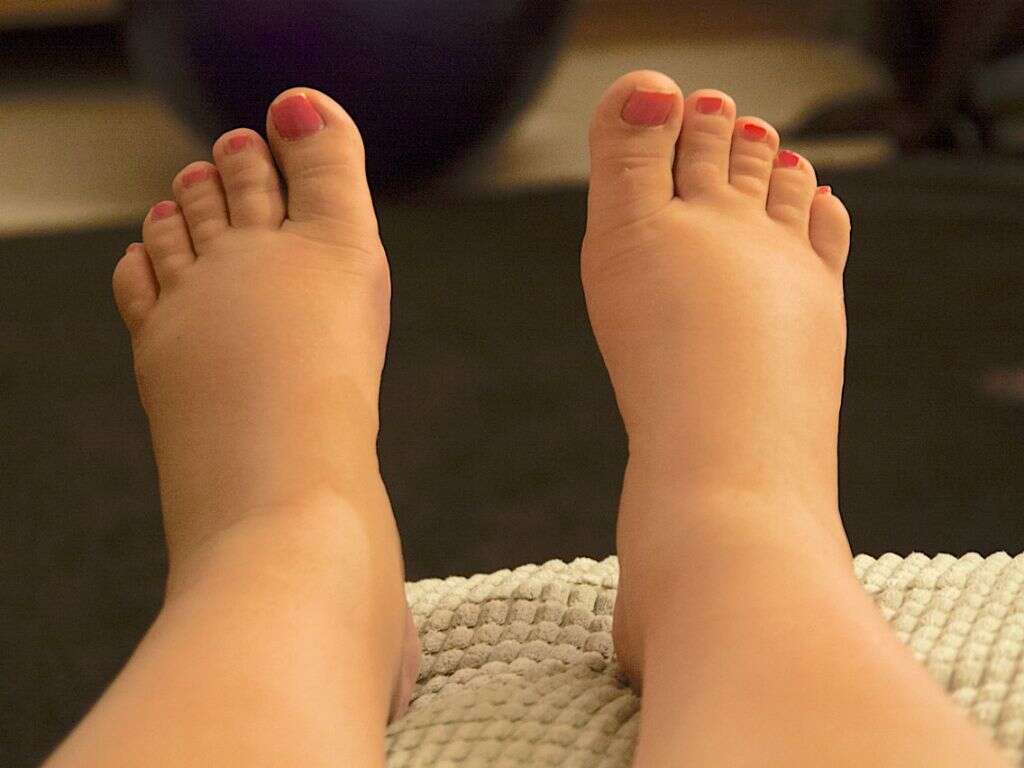10 Kawasaki Disease Symptoms
Kawasaki disease (also known as mucocutaneous lymph node syndrome) is a condition where the blood vessels in the body are inflamed. It is a noncommunicable disease that affects those who are genetically predisposed. Tomisaku Kawasaki of Japan first described the disease in 1967. The condition can lead to complications, such as coronary artery aneurysms one to two years after the disease is treated. While the cause is still unknown, it may be due to an autoimmune response triggered by an infection.
Kawasaki disease is diagnosed based on clinical signs. Some tests that can help with diagnosis include an ultrasound of the heart and blood tests. The initial treatment of Kawasaki disease usually involves high doses of immunoglobulin and aspirin. With treatment, the fever usually resolves after two days, with the patient making a full recovery. If the coronary arteries are involved, ongoing treatment will be required, along with occasional surgery.
Left untreated, 25 percent of patients with Kawasaki disease have coronary artery issues and 1 percent of patients die. The risk of death is 0.17 percent with treatment. It is a rare disease that affects about 8 to 67 children per 100,000 individuals under the age of five. After the age of five, Kawasaki disease is less common. It is most prevalent in Japan, where there are about 124 cases per 100,000 individuals. It affects boys more often than girls.
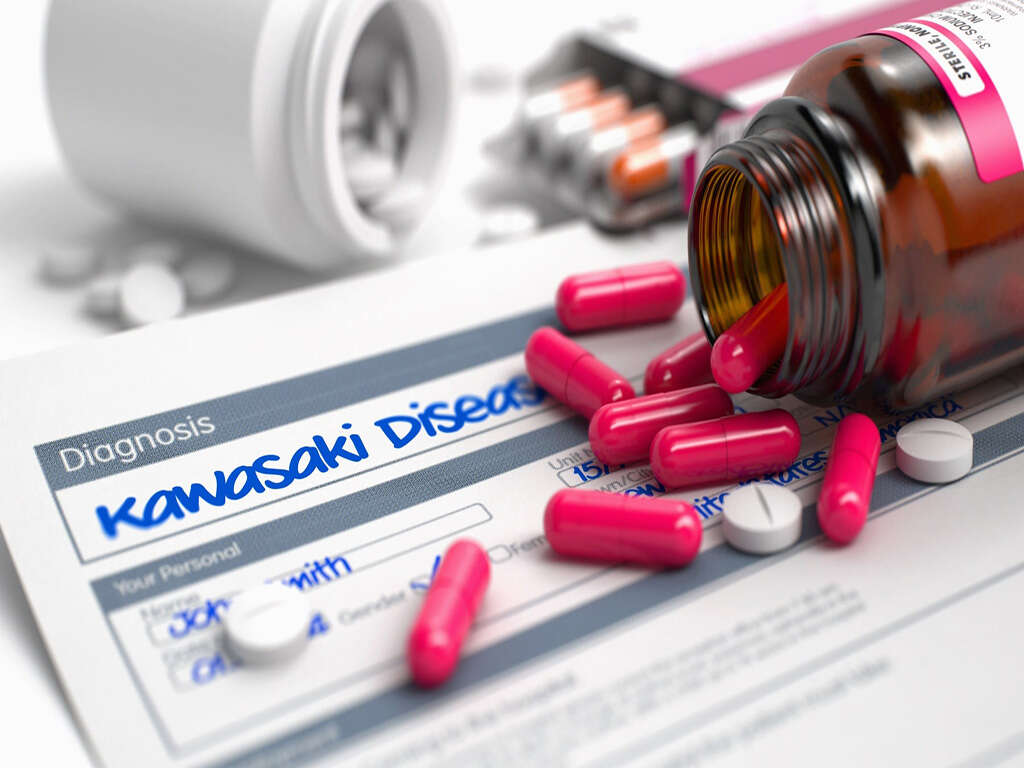
Symptom #1: Fever
Fever, or pyrexia, is the elevation of the set point of body temperature above normal. When the set point of body temperature increases, the body tries to reach the higher temperature. Chills, which cause a sensation of cold, often accompany a fever. The repeated muscle contractions caused by shivering help increase body temperature as the body continuously tries to produce and conserve more heat.
A fever is a nonspecific and common symptom observed in various conditions, such as viral infections, parasitic infections, bacterial infections, vasculitis, and deep vein thrombosis. A fever also can be a side effect of medications. In Kawasaki disease, the fever usually lasts for more than five days and is not very responsive to normal treatment. The temperature is usually above 39 to 40 degrees Celsius. In young children, a high fever can trigger a febrile seizure. Fevers can be managed using antipyretics, such as paracetamol (acetaminophen) or nonsteroidal anti-inflammatory drugs (NSAIDs).

Symptom #2: Lymphadenopathy
Lymphadenopathy is a disease of the lymph nodes where the size, or consistency of the lymph nodes is abnormal. It is a nonspecific and common symptom that can occur due to various infections, autoimmune diseases, and cancers.
Lymphadenopathy can be classified according to size, extent, and localization. A throat examination, an ultrasound, and fine needle aspiration cytology can help determine the cause. In Kawasaki disease, enlarged lymph nodes around the neck are seen in 50 to 75 percent of patients. The affected lymph nodes are usually 15 mm or more in diameter.
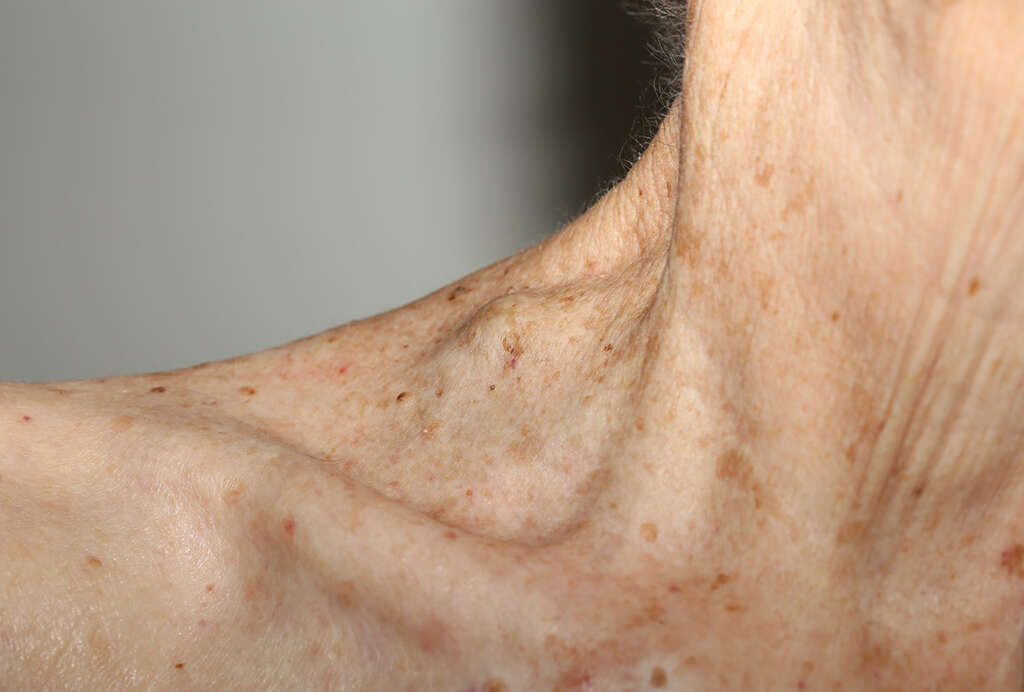
Symptom #3: Rash
In Kawasaki disease, a diffuse maculopapular, erythematous rash may appear. Since a rash is a nonspecific symptom, its presence may be mistaken as a sign of other conditions. However, in Kawasaki disease, the rash is typically located on the buttocks and may spread to other parts of the body, such as the extremities, face, and perineum.
Many other types of skin conditions also may occur, including scarlatiniform rashes, urticaria, purpuric lesions, micropustules, and erythema multiforme-like eruptions. These cutaneous lesions are usually observed up to the fifth day of the fever.
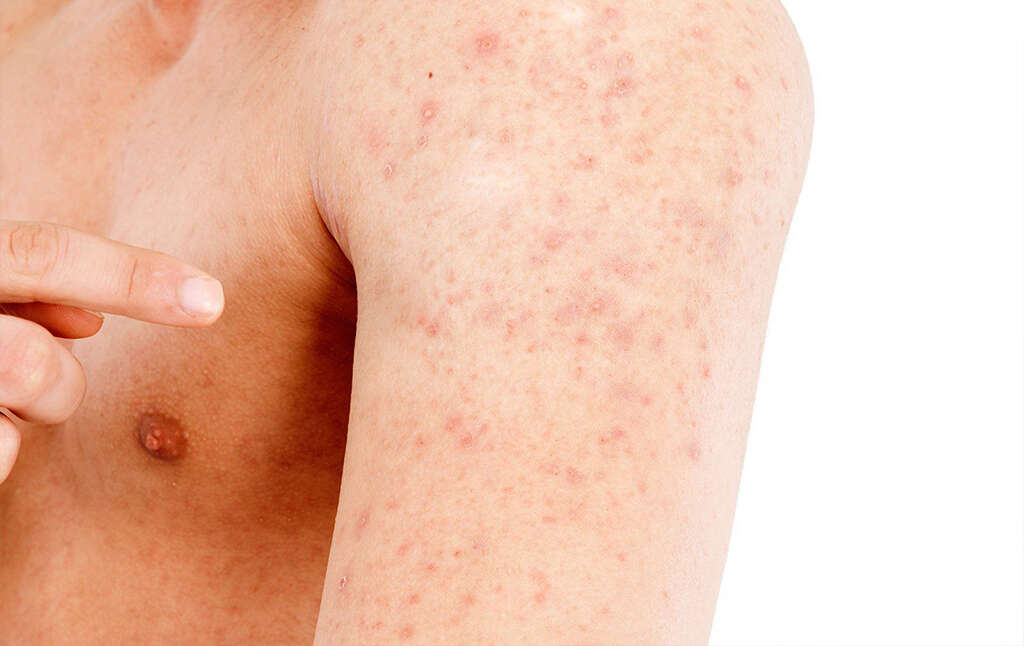
Symptom #4: Conjunctivitis
Conjunctivitis occurs when the inner surface of the eyelids and the outermost layer of the whites of the eyes become inflamed, causing the eyes to appear red or pinkish. Some of the associated symptoms include pain, scratchiness, burning, itchiness, and swelling.
The commonest causes of conjunctivitis are viral and bacterial infections. In Kawasaki disease, there is often bilateral conjunctival inflammation, which is the most common symptom after fever.
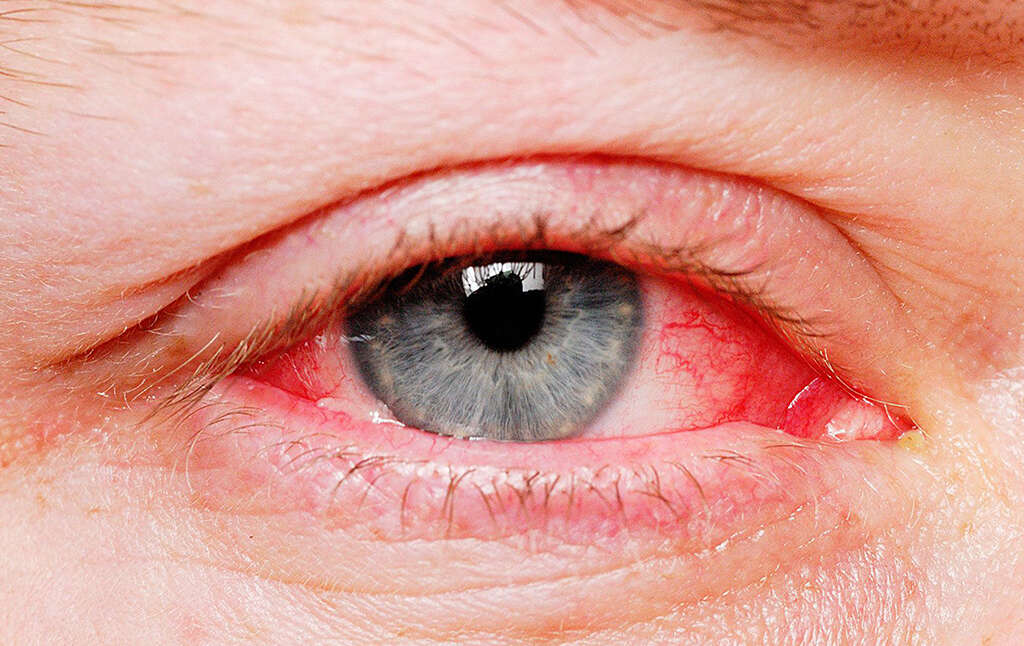
Symptom #5: Sore Throat
A sore throat is pain, discomfort, or irritation of the throat. Pharyngitis (inflammation of the back of the throat or pharynx), tonsillitis (inflammation of the tonsils), and trauma are common causes of sore throats. It is a nonspecific and common symptom that can be seen in many conditions, such as viral infections, bacterial infections, tumors, and gastroesophageal reflux disease.
A sore throat can be managed using painkillers, such as paracetamol (acetaminophen), or NSAIDs like ibuprofen and naproxen sodium. Gargling with warm salt water and resting the voice may also help.

Symptom #6: Diarrhea
Diarrhea is a condition where a patient has three or more episodes of loose stools per day. It usually lasts several days and can lead to dehydration if there is excessive fluid loss. Signs of dehydration include irritability, decreased skin elasticity, decreased urine volume, and tachycardia.
A common cause of diarrhea is the irritation or infection of the intestines due to a virus, parasite, or bacteria. Noninfectious causes of diarrhea include lactose intolerance, non-celiac gluten sensitivity, irritable bowel syndrome, inflammatory bowel disease, and Kawasaki disease. Diarrhea can also be a side effect of medications.

Symptom #7: Peeling of the Skin and Beau’s Lines
Peeling of the skin, or desquamation, is the shedding of the outermost layer of the skin. In Kawasaki disease, it mostly occurs on the fingers and toes and usually begins around the nails two to three weeks after a fever has started. It may gradually spread to the palms and soles.
It may also result in the shedding of the affected nails. Approximately 11 percent of patients continue to experience this symptom for many years after the disease is treated. In addition, Beau’s lines (deep transverse grooves on the nails) can about 5-8 days after fever sets in and will typically last up to 4 weeks.
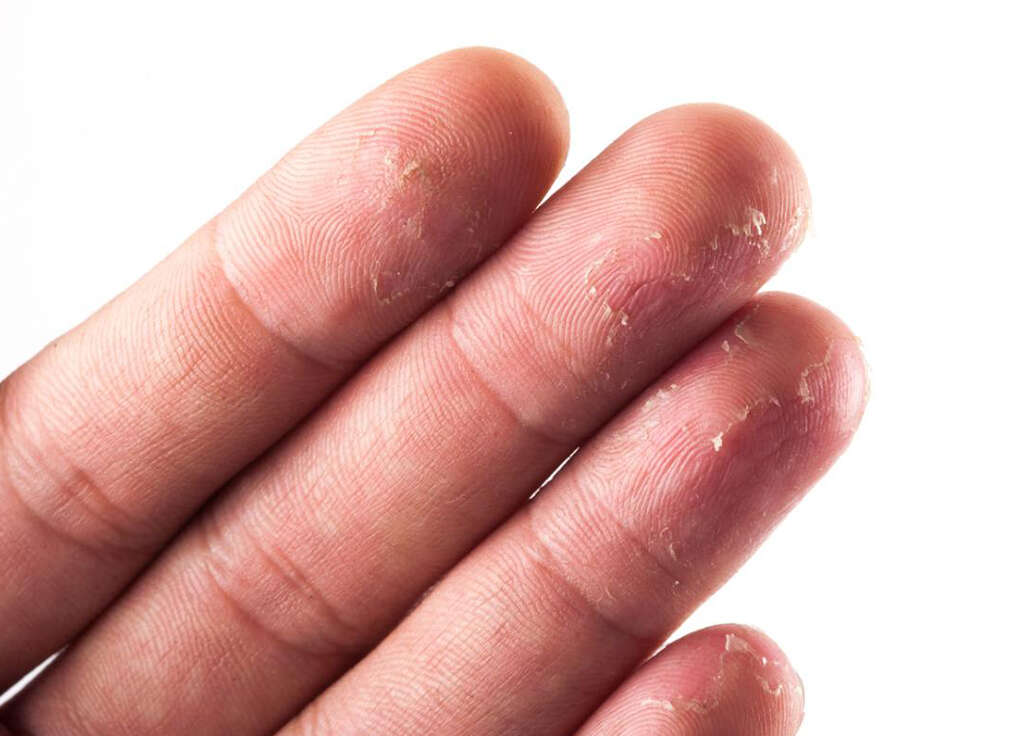
Symptom #8: Oral Symptoms
Kawasaki disease usually presents with a characteristic set of oral symptoms. The tongue takes on a “strawberry tongue” appearance, where it is significantly red and has prominent papillae. The lips become swollen, then crack and bleed.
The mucosa of the throat and mouth also turn bright red. These oral issues occur because of necrotizing microvasculitis (the destruction of small blood vessels) and fibrinoid necrosis (a form of tissue death).
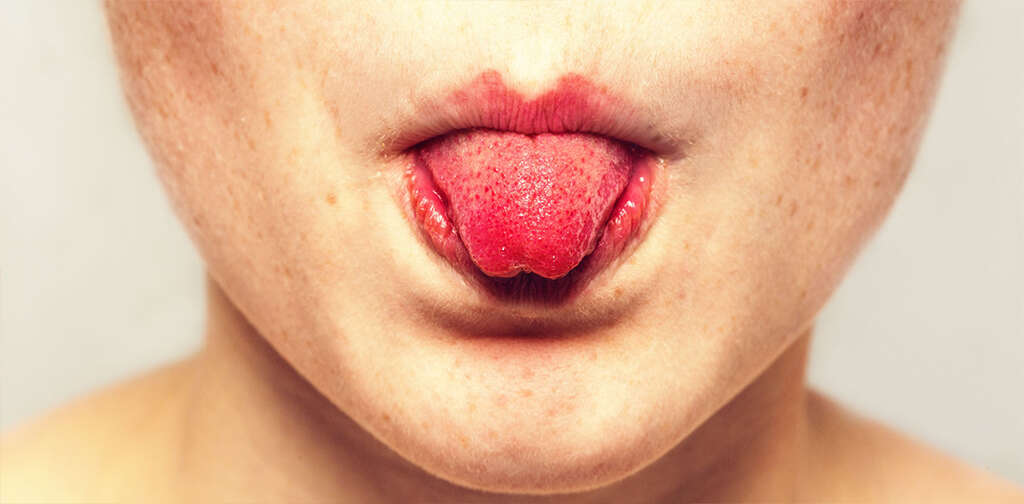
Symptom #9: Changes in the Peripheral Extremities
In the acute phase of Kawasaki disease, changes in the peripheral extremities, such as erythema (redness) of both the palms and soles, may occur.
The redness usually has a strikingly sharp demarcation or border and is associated with painful swelling in the dorsa of the hands and feet. Consequently, children often refuse to use their hands to hold objects or to bear weight on their feet.
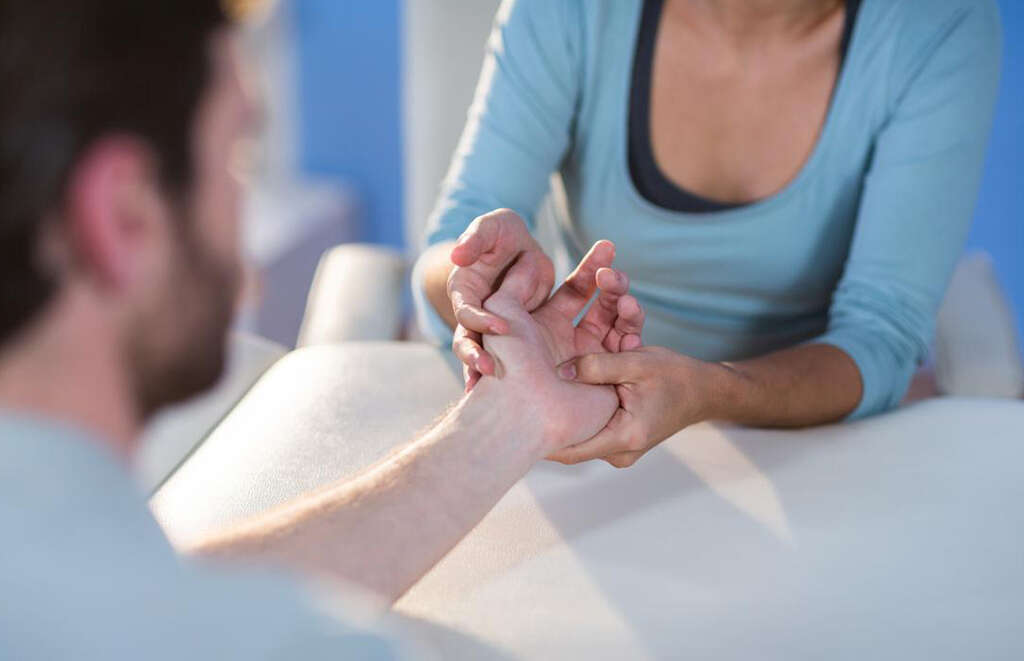
Symptom #10: Arthralgia
Arthralgia is the medical term for joint pain. It is a nonspecific symptom that can be seen in various diseases, such as rheumatoid arthritis, systemic lupus erythematosus, rheumatic fever, osteoarthritis, gout, trauma, and hemarthrosis. Arthralgia also can be a side effect of medications.
In Kawasaki disease, the joint pain is usually symmetrical, and the affected joints may become swollen. Arthralgia can be managed with the help of painkillers, such as paracetamol (acetaminophen) and NSAIDs.
